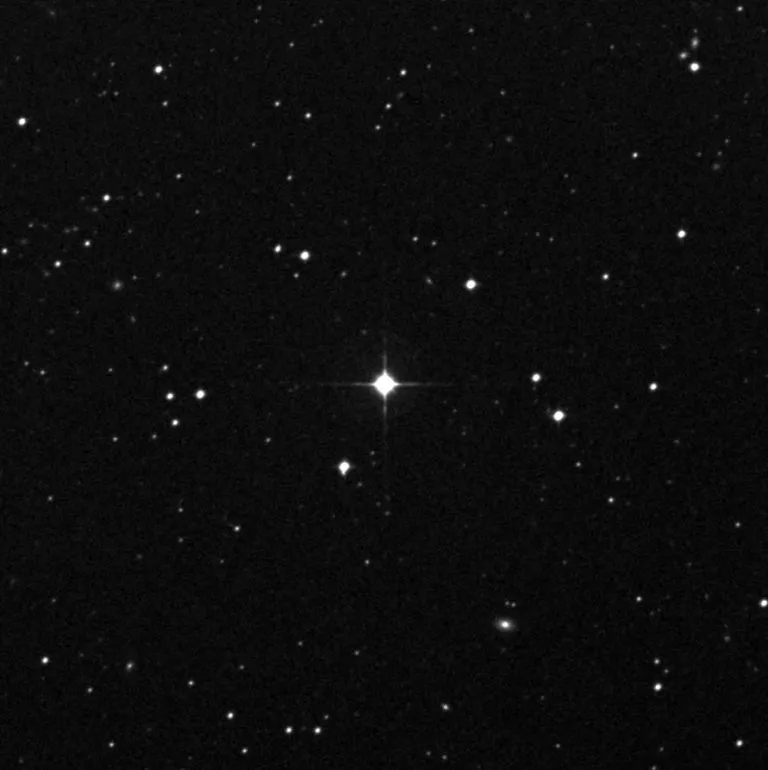A team of astronomers led by Ian Roederer of the University of Michigan (including Erika holmbeck of Carnegie Mellon University), has identified the broadest range of elements observed so far in stars other than our sun** Their findings will be published in the journal astrophysics( https://arxiv.org/abs/2205.03426 ) 》In the supplement series.

Researchers found 65 elements in the star called HD 222925. Their identification will help astronomers better understand the process of fast neutron capture, one of the main methods of producing heavy elements in the universe.
"As far as I know, this is the record of any object outside our solar system. What makes this star so unique is that it has a very high relative proportion of elements, which are listed in the bottom two-thirds of the periodic table. We even detected gold," explained Roederer, a former postdoctoral at Carnegie Mellon University. "These elements are made by fast neutron capture process. This is really what we are trying to study: physics to understand how, where and when these elements are made."
Many elements are formed by nuclear fusion, in which two atomic nuclei fuse together and release energy to create different and heavier atoms. But elements heavier than zinc are formed through a process called neutron capture, in which an existing element obtains additional neutrons at a time and then "decays" into protons, changing the composition of the atom to a new element.
Neutrons can be captured slowly within a star for a long time or within a few seconds. Neutrons will be captured when a catastrophic event causes neutrons to explode and bombard an area. Each method produces different types of elements. But this study is interested in the second.
"Astronomers have debated for many years about what phenomenon can trigger such a bombardment. In 2017, it was confirmed that heavy elements can be produced by the collision of two neutron stars - astronomers at Carnegie Mellon University played a crucial role in this discovery," holmbeck said. "Some types of supernovae may also produce these heavy elements, but this remains to be confirmed by observation."
Holmbeck is writing a follow-up paper to determine whether the chemical abundances observed in HD 222925 are formed by the merger of neutron stars or supernovae.
"The additional elements identified in this study provide a new baseline that can be compared with the simulation results. We can use it to reveal the origin story of heavy elements seen in the unique chemical characteristics of HD 222925."
The material the team found in HD 222925 was synthesized early in the universe. It was thrown back into space, where it later re formed the star they studied. This means that HD 222925 can be used as a representative of neutron star merger or supernova generation.
Most importantly, astronomers used an instrument on the Hubble Space Telescope that collects ultraviolet spectra. This is the key to allowing astronomers to collect the ultraviolet part of the spectrum - the faint light from cold stars such as HD 222925. Astronomers also used a Magellan Telescope at the Las Campanas Observatory in Chile to collect light from the optical part of HD 222925.
These spectra encode the "chemical fingerprint" of elements in stars. Reading these spectra, astronomers can identify not only the elements contained in stars, but also how many elements contained in stars.
"We now know the detailed elemental output of some r-process events that occurred in the early universe," said study co-author Anna frebel of MIT. "Any model that tries to understand what happens to the r-process must be able to reproduce this."
Many of the co authors of the study are members of a group called the r-process alliance, which consists of astrophysicists working on solving the big problems of r-processes. This project marks one of the key objectives of the team: to determine which elements and the amount generated in the r-process in unprecedented detail.